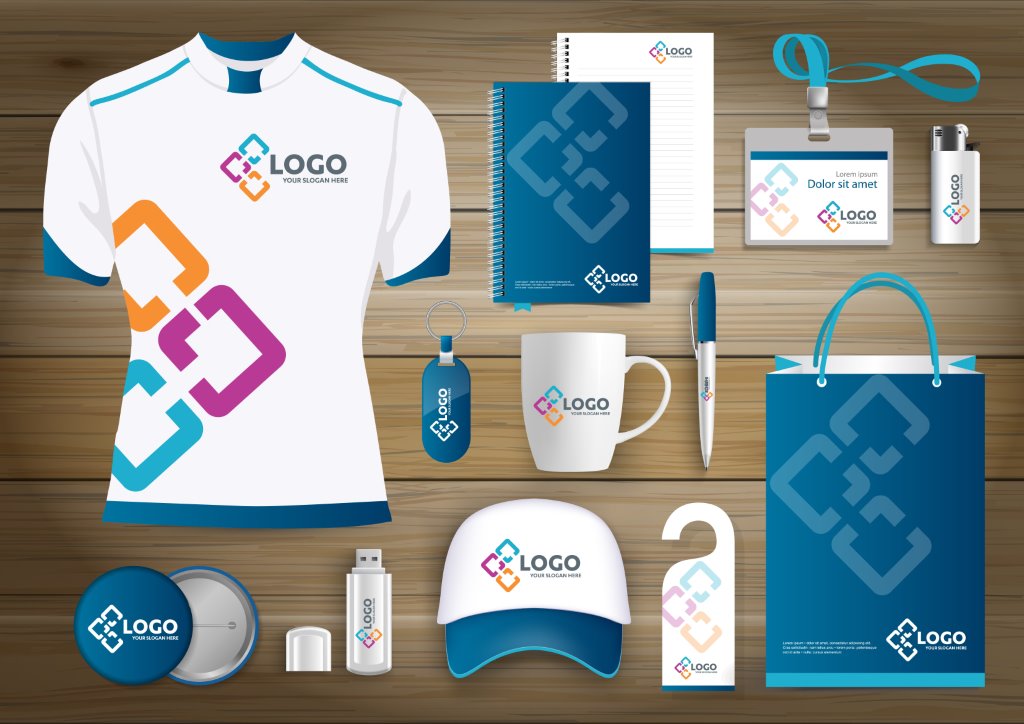 Today we meet with many hopeful startups with fantastic ideas. They are often inventors who believe that the invention itself will bring them success. Somehow they think their idea is so disruptive, so innovative, and so desirable that the world will beat a path to their door. They tend to look for investment just to complete and prove their invention works, when they should be looking beyond the proof of concept and focus on the cost of sales.
Today we meet with many hopeful startups with fantastic ideas. They are often inventors who believe that the invention itself will bring them success. Somehow they think their idea is so disruptive, so innovative, and so desirable that the world will beat a path to their door. They tend to look for investment just to complete and prove their invention works, when they should be looking beyond the proof of concept and focus on the cost of sales.
Sales is an expense! Most startups unfortunately see it as an income. If someone told us when we started Barefoot Wines that it would cost us up to 25% of our wholesale cost to distributers just to sell our products, we wouldn’t have believed them. We thought that gold-medal winning wine with a fun label, compelling catch phrase at popular price would be enough. It wasn’t!
Here are some costs of sales often overlooked by startups – the 5 “P’s”:
- Priming. Just like an old pump, you know there’s water down there, but you have to prime the pump before you get a drink! It’s the same with sales in any new territory. You have to pay your regional sales manager a base salary plus expenses for up to a year without enough income from that territory to offset those costs. And the expenses can be surprising!
- Programming. Not the tech kind, the pricing kind. The market wants to see variations in pricing to attract attention and entice new buyers who would otherwise not buy until they see your product on “special.” This means that you as the producer have to reduce your wholesale price or give a depletion allowance to your wholesaler and retailer. Even if they participate, it’s still very expensive. Depending on your product category and the legalities you can also be faced with stiff slotting allowances or guaranteed sales programs where you pay the retailer whether or not your product sells.
- Promotions. The salespeople who work for your distribution companies will be looking to you for an incentive, beyond the commissions they receive from the distributor, for selling your product into a retailer and gaining larger displays. As we like to say, “If you want to get something done, put a buck on it!”
- Public Relations. Not the advertising kind, but the personal attention kind. You must physically go and thank your top retail buyers in person at least once a year – no matter where they are in the world. They want to meet the president. Your presence will prove to them that you think they are important. Your competition will expend the funds to make this happen. You have to do the same to keep buyers focused on your product.
- Point of Sale. Promotional materials at the point of sale are expensive and, even worse, most of them are tossed by your distributor. In fact, you will find that a physical inspection of any market area reveals that very little of those costly signs and tags you delivered made it to the retailer’s shelf. Usually your own people will have to put them up, especially when you are new. It’s not just the cost of the lost materials, but the cost for labor to put them up and keep them there.
There are many other hidden expenses of sales. The big message for startups is to thoroughly investigate the various cost centers your competitors work within before you finish your roll-out plan. It likely will change the way you approach the market all together. Sales don’t happen without paying a price.

